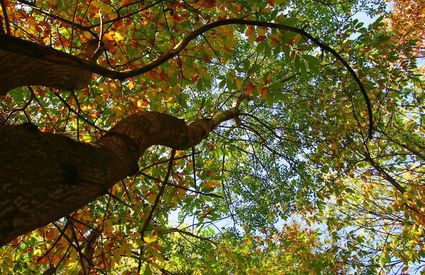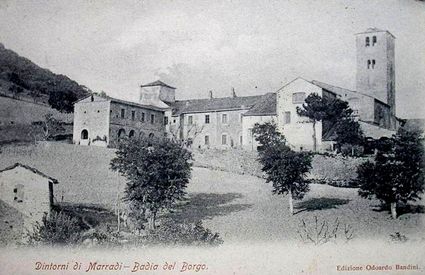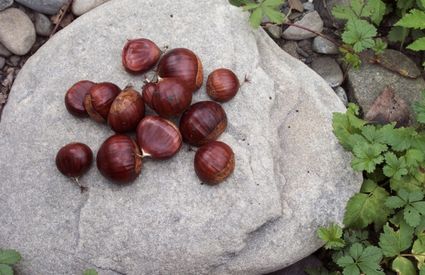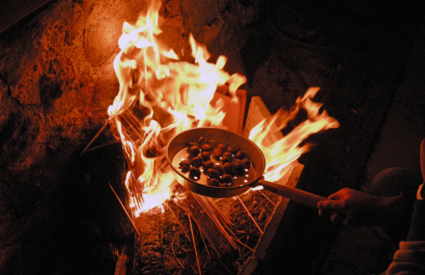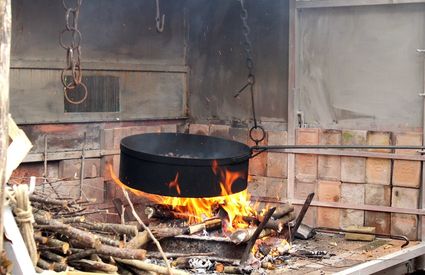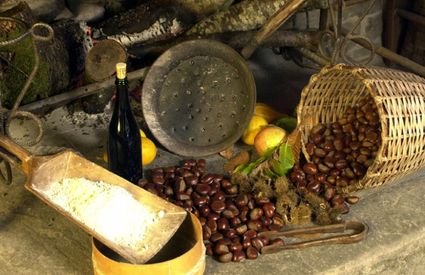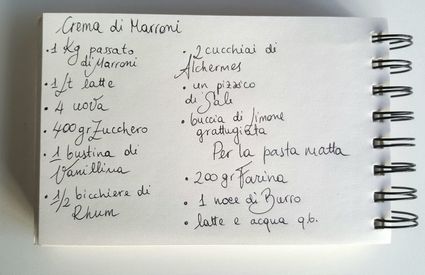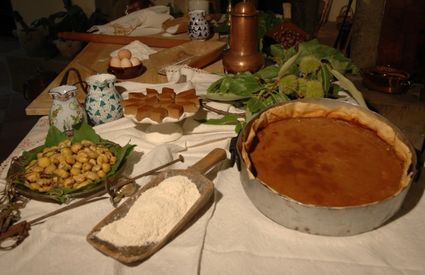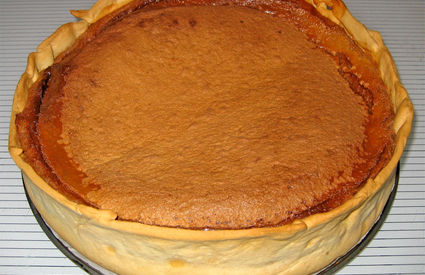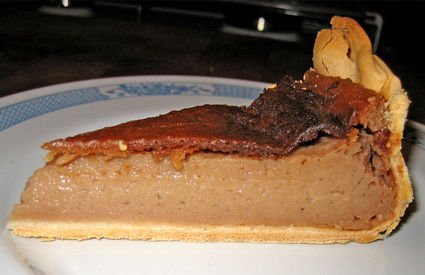Marradi
From a bread tree to chestnut cake
The story of one very special sweet and the monks who brought it to this corner of the Tuscan Romagna
From a bread tree to chestnut cake
The story of one very special sweet and the monks who brought it to this corner of the Tuscan Romagna
The monks and the mountain
In Marradi, there is a style of cooking and a series of ingredients that are both rather strange for Tuscany—as strange as they are unique. If we were to ask how this odd, standout culinary tradition originated, the response would be that the monks of the monastery of Santa Reparata were the ones who really forged it. The rest is mostly legend…propagated by themselves, really… legend goes so far as to call them the founders of the town, just a little after the year 1000.
Enamored with these mountains, the brothers tilled the land, planted chestnut trees and terraced the grounds where they cultivated fruit trees and vines. Every day they would eat together, and they were nearly all vegetarians. They stuck to consuming the vegetables of their own gardens, the cheese of their own farms, eggs, fresh or well-prserved fish, and, naturally, chestnuts, in autumn as well as in winter. Meat was an exception rather than a rule, reserved for the sick or for important guests. The main rules were strict, appreciated and upheld: at the table, people were to eat with clean hands; bread could not be crumbled; stuffing oneself was not allowed and napkins weren’t to be used for wiping your nose. There are limits to everything…but for parties, some exceptions were allowed.
The "bread tree"
And in Marradi, that exception could really be nothing other than chestnut cake (torta di marroni). Did you know that, around these parts, chestnuts were called “bread trees” (alberi del pane?) On these mountains, chestnut fed generations; with a lack of grain and corn, it was chestnuts that served the functions of pasta and bread, replaed with sweet polenta made with chestnut flour. And even though chestnuts are available for only a short amount of time, they found a way to utilize them all year round. The fresher ones were used in party dishes, including that same cake we mentioned just moments ago.
Chestnut cake
It’s said that the recipe for chestnut cake exists at least as far back as the 18th century, and that it was the Vallombrose friars who taught it to the Marradi locals. After a few centuries of seclusion, they opened the doors of their monastery to the life of the town. And now, even though every family has a different version, there’s no way we could not tell you how to go about making this cake!
Cut the chestnuts and lightly cook them for a few minutes on a perforated pan. Next peel and boil them for an hour in salted water. Once drained, pass them through a fine sifter. Mix the chestnut cream with sugar, vanilla, lemon peel, Rum and Alchermes. Beat and add the eggs to the dough. Let everything sit for two hours. Now add the milk and mix.
With the cream still set to the side, make the pasta matta: mix the flour with a big pinch of butter, milk and enough water to use with puff pastry and a rolling pin. Once you’ve smoothed everything out, use the dough to line the baking tray, including its edges. At this point pour the chestnut cream into the pan, not letting it exceed 4 cm in height. Cook in a preheated oven at 120 °C for about 3 hours, taking care to never let it boil! When a toothpick stuck in the dough comes out clean, the cake is ready. Remember that it should be served cold and cut into diamonds, perhaps the day after cooking.


